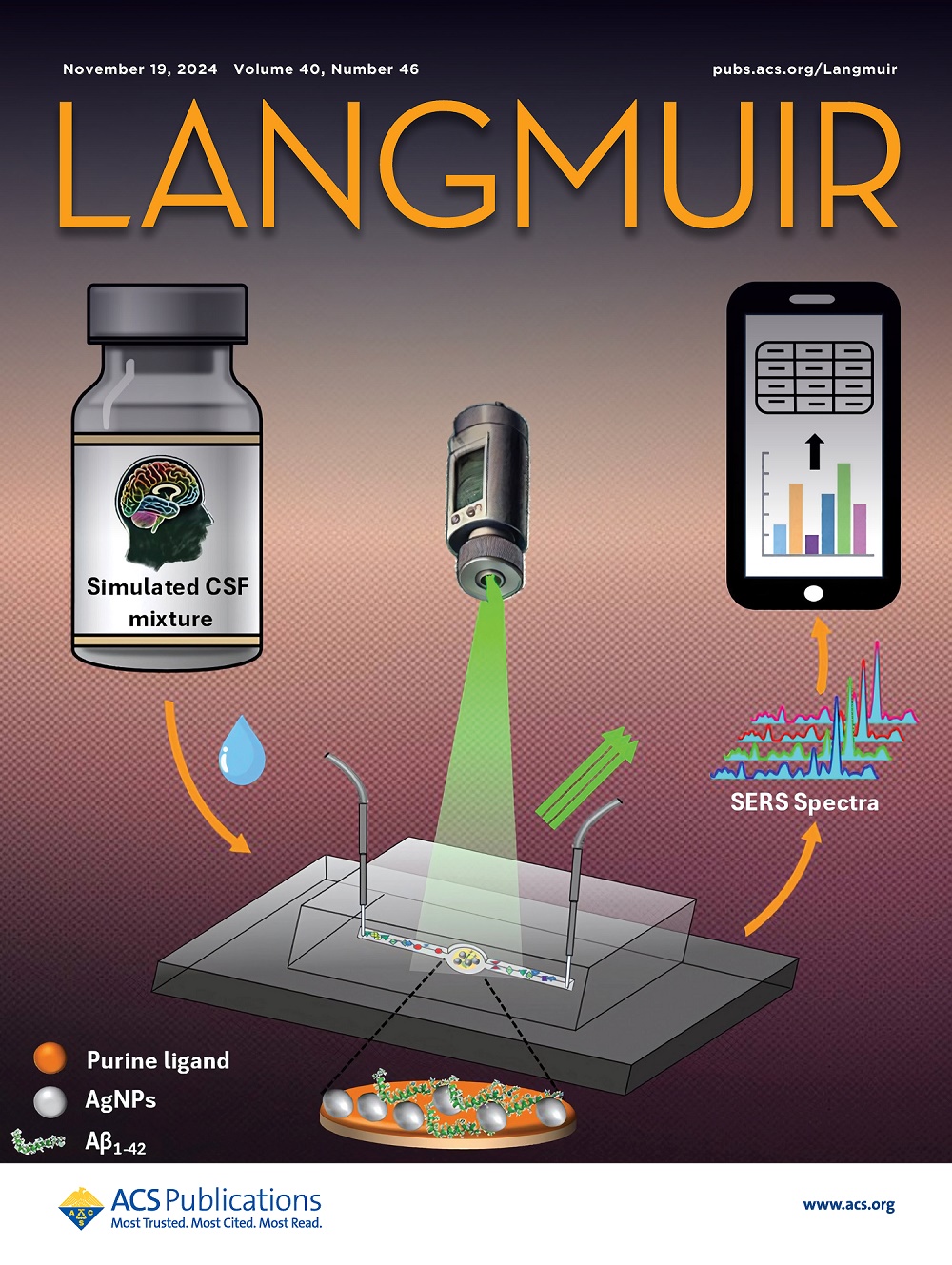Biomimetic Construction of Robust and Multifunctional-Integrated Superhydrophobic Coatings on Steel Structures via a One-Step Spraying Technique.
IF 3.7
2区 化学
Q2 CHEMISTRY, MULTIDISCIPLINARY
引用次数: 0
Abstract
Nowadays, the contradictions between ideal fire resistance and adequate surface functionality are increasingly highlighted for conventional coatings of steel structures in actual applications. In this context, the introduction of multifunctional coatings has become one of the effective and practical avenues to solve the crucial problem of steel materials. In this paper, superhydrophobic coatings inspired by nature were successfully prepared on steel structures by a simple one-step spraying method, which consisted of a mixture of silicone resin (SR), poly(dimethylsiloxane) (PDMS), diatomaceous earth (DE), titanium dioxide (TiO2), and modified ammonium polyphosphate (MAPP). The results showed that a static water contact angle (WCA) of 157.5° and a water sliding angle (WSA) of 5° were achieved by the as-prepared coatings with good water repellency and self-cleaning ability. Most importantly, the minimum backside temperature of the coated steel structures was decreased to 287 °C during the fire impact tests. Compared with neat EP/PDMS, the peak-to-heat release rate (PHRR) and total heat release rate (THR) were significantly reduced to 26.7 and 26.1%, respectively, indicating that the as-prepared coatings possessed excellent passive fire-resistant capacity. The synergistic effect of fillers in the condensed phase occupied a dominant position in promoting high-quality char layers. Surprisingly, coatings with good robustness could be further endowed with adequate corrosion resistance and oil/water separation ability. Therefore, this work provided a viable and effective strategy for tackling the surface functionality problem of materials, which could extend the application scope of superhydrophobic coatings in more fields.一步喷涂技术在钢结构上仿生构建坚固多功能一体化超疏水涂层。
目前,传统钢结构涂料在实际应用中,理想的耐火性与足够的表面功能性之间的矛盾日益突出。在此背景下,引入多功能涂层已成为解决钢铁材料这一关键问题的有效而实用的途径之一。本文以硅树脂(SR)、聚二甲基硅氧烷(PDMS)、硅藻土(DE)、二氧化钛(TiO2)和改性聚磷酸铵(MAPP)为原料,采用简单的一步喷涂方法,成功地在钢结构上制备了超疏水涂层。结果表明,所制备的涂层具有良好的防水性和自清洁能力,其静态水接触角(WCA)为157.5°,水滑动角(WSA)为5°。最重要的是,在火灾冲击试验中,涂层钢结构的最小背面温度降至287℃。与纯EP/PDMS相比,峰值放热率(PHRR)和总放热率(THR)分别显著降低至26.7%和26.1%,表明所制备的涂层具有优异的被动防火性能。凝聚相填料的协同作用对促进高质量炭层的形成起主导作用。令人惊讶的是,具有良好坚固性的涂层可以进一步被赋予足够的耐腐蚀性和油水分离能力。因此,本研究为解决材料的表面功能问题提供了一个可行而有效的策略,可以扩大超疏水涂层在更多领域的应用范围。
本文章由计算机程序翻译,如有差异,请以英文原文为准。
求助全文
约1分钟内获得全文
求助全文
来源期刊

Langmuir
化学-材料科学:综合
CiteScore
6.50
自引率
10.30%
发文量
1464
审稿时长
2.1 months
期刊介绍:
Langmuir is an interdisciplinary journal publishing articles in the following subject categories:
Colloids: surfactants and self-assembly, dispersions, emulsions, foams
Interfaces: adsorption, reactions, films, forces
Biological Interfaces: biocolloids, biomolecular and biomimetic materials
Materials: nano- and mesostructured materials, polymers, gels, liquid crystals
Electrochemistry: interfacial charge transfer, charge transport, electrocatalysis, electrokinetic phenomena, bioelectrochemistry
Devices and Applications: sensors, fluidics, patterning, catalysis, photonic crystals
However, when high-impact, original work is submitted that does not fit within the above categories, decisions to accept or decline such papers will be based on one criteria: What Would Irving Do?
Langmuir ranks #2 in citations out of 136 journals in the category of Physical Chemistry with 113,157 total citations. The journal received an Impact Factor of 4.384*.
This journal is also indexed in the categories of Materials Science (ranked #1) and Multidisciplinary Chemistry (ranked #5).
 求助内容:
求助内容: 应助结果提醒方式:
应助结果提醒方式:


